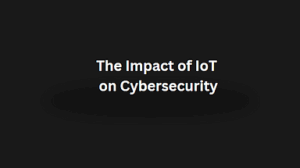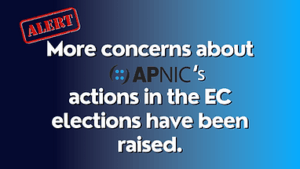What is IP Hijacking?
The internet relies on a structured system of IP (Internet Protocol) addresses that facilitate global communication. However, this structure is vulnerable to cyber threats. One of the most alarming threats is IP hijacking, where an unauthorized entity takes control of an IP address block without the rightful owner’s consent.
How Does IP Hijacking Work?
IP hijacking typically occurs through Border Gateway Protocol (BGP) manipulation, where an attacker falsely advertises ownership of an IP range. When other networks accept these incorrect route announcements, traffic destined for the legitimate owner is redirected, intercepted, or even disrupted.
Why is IP Hijacking a Major Concern?
IP hijacking poses significant risks, including:
Data Theft: Attackers can intercept sensitive data and monitor communications.
Service Disruptions: Misrouted traffic can lead to massive outages and service failures.
Cybercrime Activities: Hijacked IPs are often used for spamming, phishing, and launching cyberattacks.
Economic and Reputational Damage: Businesses face severe financial losses and trust issues when their services are compromised.
Notable Cases of IP Hijacking
Several well-documented IP hijacking incidents have had a global impact:
- 2008 YouTube Incident: Pakistan Telecom mistakenly rerouted YouTube’s traffic, leading to a worldwide outage.
- 2018 Google Traffic Hijack: Malicious actors redirected Google Cloud services, affecting global businesses.
- 2021 Mysterious IP Route Changes: A large number of IP prefixes were rerouted through Russia, raising security concerns.
Best Practices for Preventing IP Hijacking
Organizations and Internet Service Providers (ISPs) can mitigate the risks of IP hijacking by implementing the following security measures:
Route Origin Validation (ROV): Ensures that only authorized IP prefixes are announced.
Resource Public Key Infrastructure (RPKI): Cryptographically verifies the legitimacy of BGP route advertisements.
Real-Time Network Monitoring: Detects unusual traffic patterns and alerts administrators to potential threats.
Strict BGP Security Policies: Limits unauthorized route changes and mitigates risks of fraudulent announcements.
Conclusion
Understanding what IP hijacking is and how it operates is crucial for maintaining a secure and resilient internet infrastructure. By adopting robust IP hijacking prevention strategies and staying informed about network security best practices, businesses and ISPs can safeguard their digital assets from cyber threats.




Pingback: How to Detect and Prevent IP Hijacking Attacks - NRS